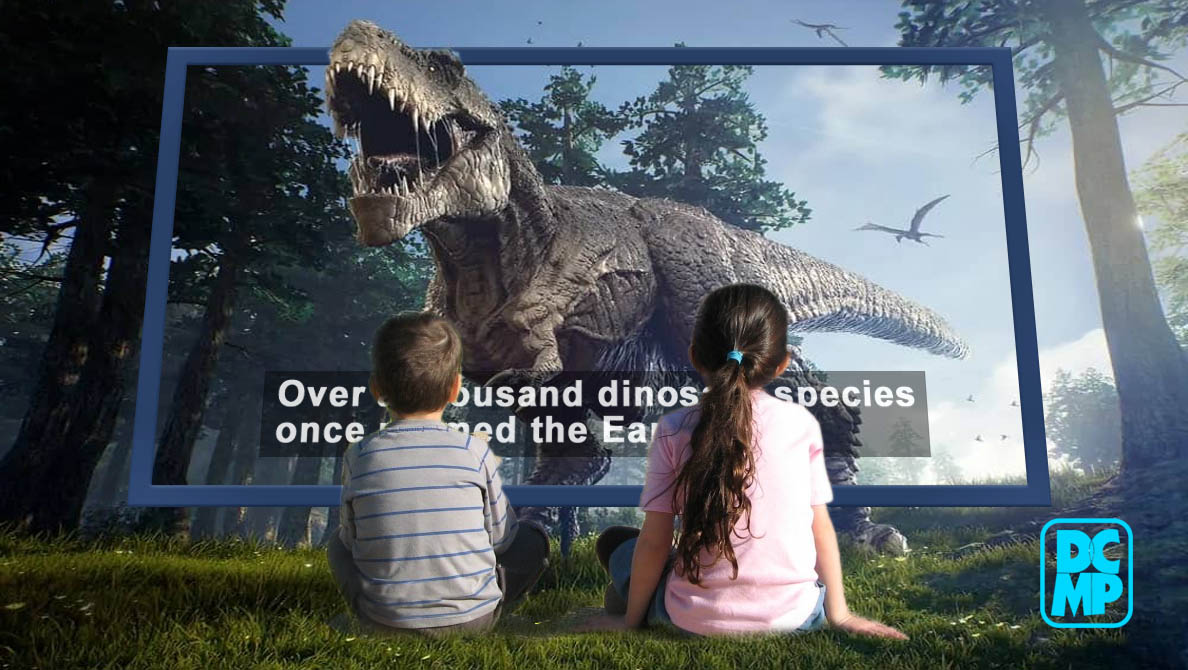<< Learning Center
Media Accessibility Information, Guidelines and Research

Captioning, Audio Description, and American Sign Language Services
DCMP is proud to partner with hundreds of top educational and broadcast content creators and distributors, making important STEM programming accessible for young people with disabilities. This includes those who are blind, visually impaired, deaf, hard of hearing, and deaf-blind. Our partners include Fred Rogers Productions, Schoolyard Films, Paramount Global, science communicator Emily Calandrelli, PBS Digital Studios, and many more.
DCMP creates accessibility features at no cost to our partners. In return, this content then becomes available on a non-exclusive basis through DCMP's targeted distribution to schools, ensuring that the accessible version of each video will always be available to students with disabilities. Access is granted to qualified families and educators through DCMP's registration process, screened by staff.
Making educational videos accessible can be an integral part of your company's diversity, equity, and inclusion practices. Accessible programming also helps broadcasters with educational and informative (E/I) programming meet FCC standards and regulations.
Millions of children with disabilities benefit from accessible educational content by creating equitable learning experiences and inclusion with their peers. Captions are crucial for students who are deaf or hard of hearing, and audio description makes video accessible to students who are blind or visually impaired.
For more information or to contact the DCMP staff, visit our Partners page.
Audio Description
Audio Description is a secondary audio track with additional narration that describes vital visual information for students who are blind and visually impaired. When available for television programming, this can be accessed through the SAP button on a TV remote. Content with audio description is available on demand at DCMP.
High-quality audio description is created by following DCMP's Description Key, guidelines for describing educational media.
View this episode of Edgar Allan Poe: Buried Alive with audio description:
Related Resource: How to Access Audio Description on Your TV and Through DCMP
Captioning
Captioning is the key to opening up a world of information for people who are deaf or hard of hearing. There are more than 30 million Americans with some type of hearing loss, and captions are crucial for students learning in the classroom. Hearing students also benefit from captions, which can improve literacy and comprehension.
Captioning is the process of converting the audio content of television programming or video into text on the screen. Subtitles are not the same as captions; Captions not only display dialogue and narration, they also include speaker identification, sound effects, and music description.
DCMP follows the guidelines of its Captioning Key, the standard for creating captions for educational media.
American Sign Language
American Sign Language, or ASL, is the first language for many individuals who are deaf and hard of hearing. Introduction to sign language at a young age helps children who are deaf or hard of hearing develop language skills more quickly.
DCMP developed its ASL Pop-Up to allow for full media accessiblity through sign language translators via a secondary video player. ASL is displayed in a secondary player either as an overlay or side-by-side.
